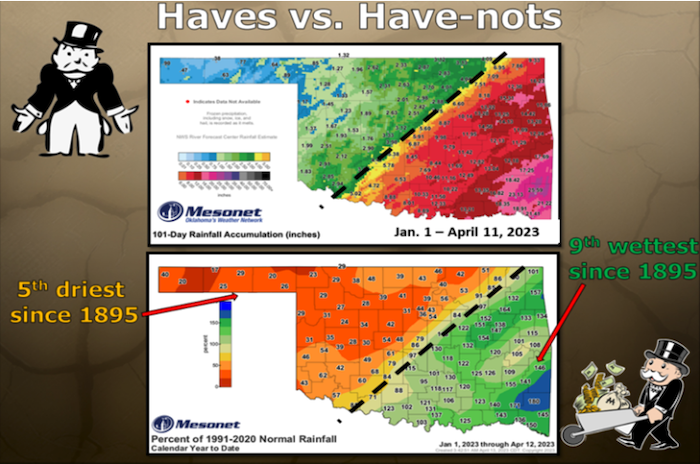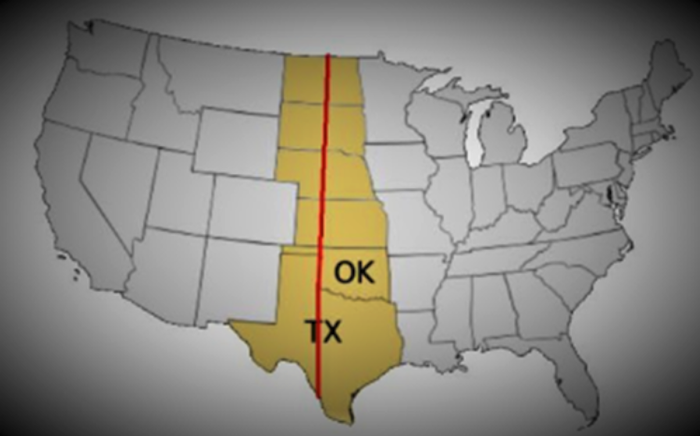

Related Content
Clay Pope: The Sustainability Train is Still Running, NRCS Ready to Move Climate-Smart Cost Share Dollars, Climate Smart Agriculture Requires Flexibility & Ability to AdaptUnpacking the Latest UN Intergovernmental Climate Change Panel Report







Post a comment
Report Abusive Comment